How the Sunni-Shia split shaped the Islamic world throughout history
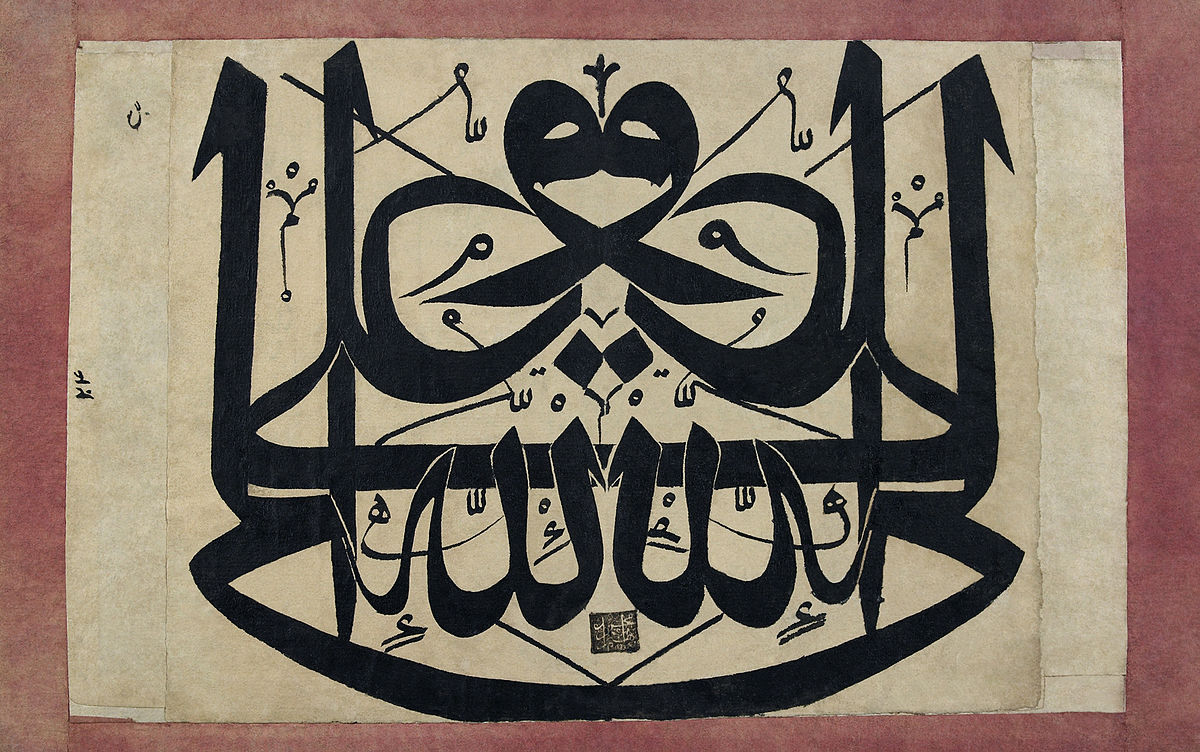
The history of intra-Islamic relations is both complex and complicated, in particular relations between Sunnis and Shias. Why is that?
Toby Matthiesen: I decided to write this lengthy book for that very reason, because the subject is so complex. I'd already written my doctoral thesis on a sub-topic, the Shias in the Gulf and their politicisation, a project that required me to travel widely. In academic settings I was frequently asked: "What are the reasons for this politicisation? What's leading to these conflicts?" I always found it difficult to give a concise answer. I've been interviewed many times on the subject, but it was always rather unsatisfactory.
Of course, it's clear that there have been times – such as the early twentieth century – when the Sunni-Shia divide played a less important role than it did before or after. There are contexts, in Indonesia for example, where up until a few decades ago many Muslims didn't know what the two categories, Shia and Sunni, meant.
On the other hand, there were many earlier attempts at confessionalisation, and anecdotal evidence shows that in different periods, these endeavours were a very important factor right at the heart of the Muslim world. That's why I decided to divide the book into four parts, with each part covering a certain period and attempting to explain what happened during that particular period.
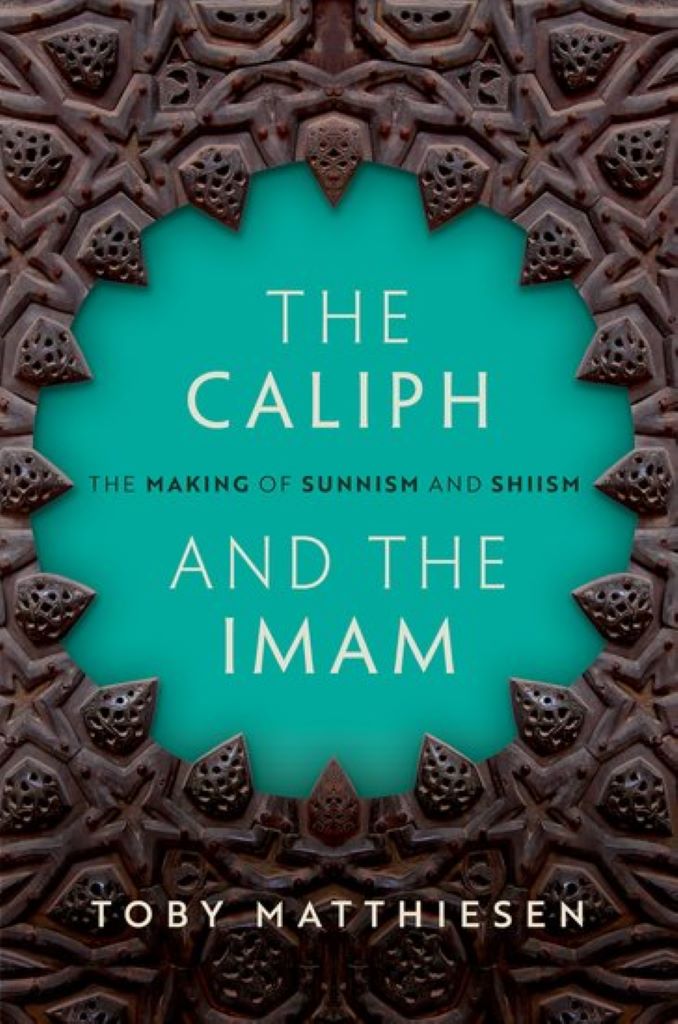
Legitimacy through religion
The first part focuses on the initial emergence of the schools of jurisprudence and the two major Sunni and Shia movements.
In this section, I take a closer look at four turning points for this development: the early Islamic empires, the early modern period with its great Islamic empires (Ottomans, Safavids, Mughals, Shaybanid Uzbeks and several others), which legitimised themselves through religion and confession and often invoked their confessional identity in conflicts with neighbouring empires.
I also focus on the modern state, including the colonial state, and the period following the Iranian Revolution and how states have legitimised their rivalries – for example between Iran and Saudi Arabia – on a confessional basis.
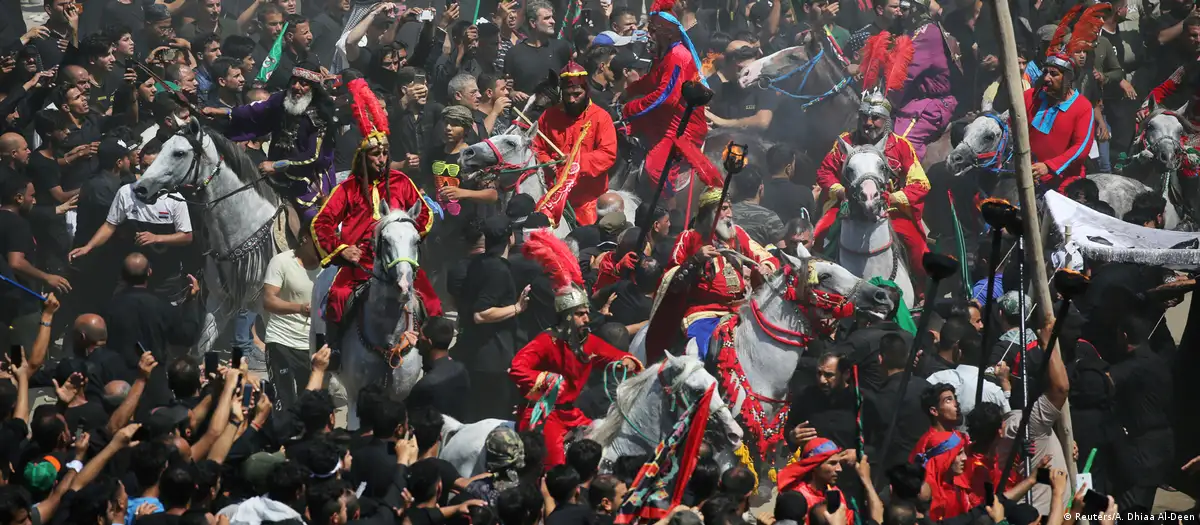
Similar to processes in Europe
This period of emergence is of crucial importance because the Islamic empires, states and movements sought legitimacy by invoking these confessional distinctions. Which period is the most important, in your view?
Matthiesen: The period I discuss in the second and third parts of the book is of extreme importance in my view, in other words the time after 1500. Not everyone is aware that the Safavids, a new dynasty, brought Shiism to Iran, converting a country that had been predominantly Sunni.
In India, there were also rulers, local princes, who wanted to imitate the Safavids. At the same time, there were also Sunni-influenced rulers in India and Afghanistan, but also the Ottomans, who promoted a broader understanding of Islam, but then identified strongly as Sunnis in their rivalry with the Safavids.
Similar processes were taking place in Europe at the same time. This is why I use the term "confessionalisation", which stems from the German debate among historians. Some will undoubtedly criticise this term, but there are strong similarities between Europe and predominantly Islamic nations.
They influenced each other. We see this with the Habsburgs, for example, who claimed greater religious legitimacy in their conflict with the Ottomans; and in the Ottomans, who also pinned their religious colours to the mast, in their case as Sunni leaders against the Shia Safavids.
The various rivalries came to a head, resulting in territories having a stronger religious identity. All of this ultimately leads to the emergence of nation states. In the third part, I describe the influence of the modern state, in particular in the form of the colonial states, and how they re-organised Muslims and Islam, especially by exaggerating the legal differences between Sunnis and Shias.
Another topic I deal with is the question of the interplay between nationalism and religion. In many countries, this is also implicitly linked to a specific confession.
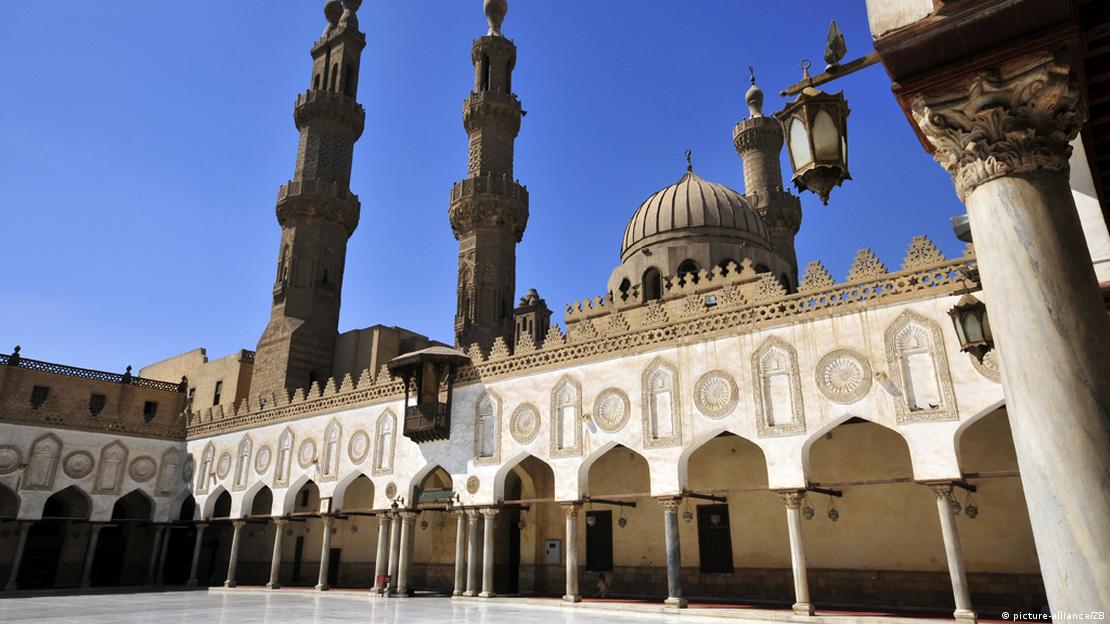
The slow disappearance of confessional ambiguity
While the Ottomans identified as Sunni, they often had little control over the religious lives of the wider population in rural areas. This allowed for the confessional ambiguity of groups that did not adhere to the Sunni Islam of the Hanafi school of jurisprudence. This explains how Alevis were able to survive in Turkey and the post-Ottoman region, for example.
The book describes a process during which this confessional ambiguity slowly disappears. The boundaries between the two confessions have hardened over the centuries. There were some crucial turning points along the way, one of which was the modern state, which eyed this ambiguity with suspicion.
In many countries, the relationship between the confessions has undergone radical change, under the influence of colonial powers and Orientalists who said "no, Sunnis must behave this way, and Shias this way" (the Muharram processions in India, attended by both Shia and Sunnis, were, for example, a thorn in their side).
In censuses in British India, for example, for decades people had to tick a box indicating to which branch of Islam they belonged. Processes like these had a polarising effect. Mixed marriages did still take place, in Iraq for example, but the sectarian violence of recent years has made such unions much more difficult.
In short, in many contexts, confessional ambiguity has been lost and replaced with a much stronger confessional self-image and a differentiation from the other.
You use terms such as "confession", but can such western concepts really be applied to the region? Is that not problematic?
Matthiesen: My primary concern is the avoidance of the term "sect". I explain that in the book. The term "sect" originates in the sociology of religion, which is itself heavily influenced by Christianity.
I was always asked at universities: "So which Islam is the Church and which is the sect; or what's the Catholic and what's the Protestant Islam?" This simply gets us nowhere and it's impossible to provide a full answer to such questions.
Many people have written about it, but nothing makes sense. In the book, I try to rewrite the story of Islam and in doing so, use intra-Islamic terminology instead of terms with negative connotations such as "sect" or "sectarianism".
I talk about the branches of Islam and the various schools of jurisprudence, the Madhahib. In this context, the term "confession" has fewer negative connotations. What's more, confessionalisation is an actual process that can be observed comparatively across the various religions.
You write about the era of "confessional ambiguity". Can you define this ambiguity, and how does it manifest itself today?
Matthiesen: This term has been used from time to time, but I'm using it to describe broader eras and new places. It concerns periods of time as well as entire countries and movements that can't be definitively categorised.
Movements such as the Sufis often didn't want to identify with one side or the other. On the one hand, there were Sufi movements that deliberately transgressed the official boundaries between Sunnis and Shias set down by jurists and theologians.
On the other hand, there were also Sufi orders that played a major role in the confessionalisation of Islam. The Safavids, for example, were a Sufi order that converted Iran to Shiism. The Naqshbandi Sufis were anti-Shia in many places. Confessional ambiguity was also there to prevent conflicts.
Scholarship beyond confessional boundaries
You write: "Sunni, Shii and Ismaili scholars transmitted knowledge and learned from each other without focusing on sectarian boundaries." How was this possible? And why couldn't the approach be applied to society as a whole?
Matthiesen: Beyond the polemics or the field of Sharia and the debates within the schools of jurisprudence, there were of course other areas of knowledge such as Arab language, philosophy, mathematics and the natural sciences. Scholarly material on these subjects was published in Arabic, Persian and Turkish – regardless of confessional boundaries. All these areas of study have contributed a huge amount to global knowledge. The key is not to project back a confessional identity.
In a text on astronomy from the thirteenth or fourteenth century, it is not immediately obvious to which branch of Islam the author belongs. The focus was on the subject; there was an exchange between scholars; people learned from each other. They also learned from, and studied with, representatives of the other schools of jurisprudence. The major centres of pilgrimage and scholarship were all multi-confessional cities. The confessional communities were not worlds separated and cut off from each other by walls.
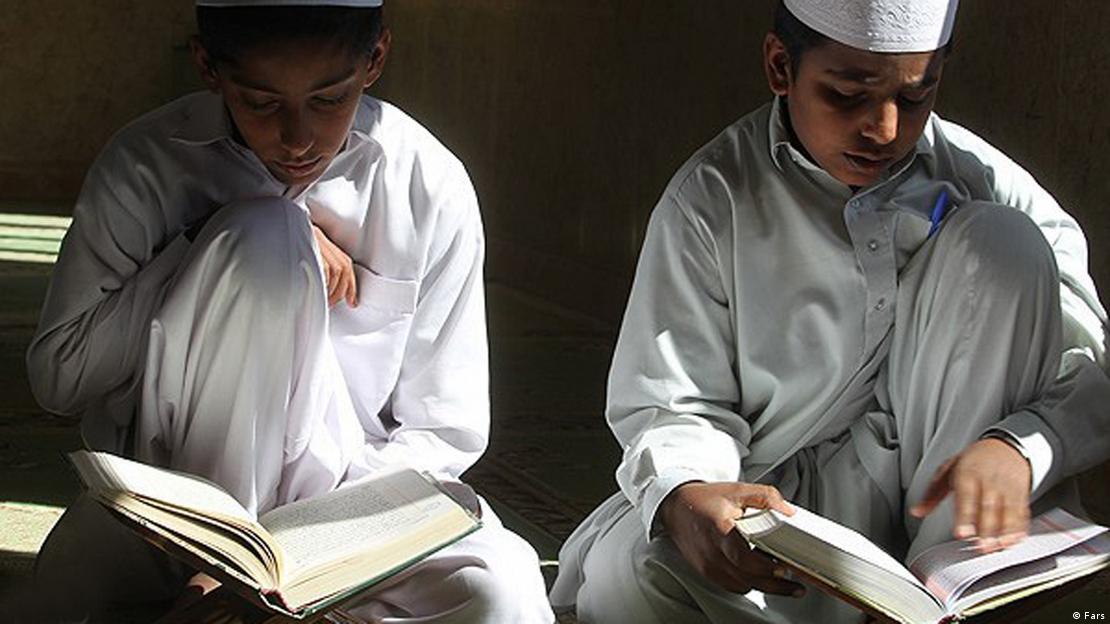
What role do Sunnism and Shiism play today in comparison with the past?
Matthiesen: They've played a major role in recent decades and certainly exacerbated several conflicts arising from the Arab Spring. I use the term "sectarianisation" here to describe an active process.
In many places, religiously legitimised violence is perpetrated by regimes. We're now seeing this violence recede again and tensions ease – in Iraq, for example, or through the rapprochement between Iran and Saudi Arabia.
IS was an extreme example of sectarian violence, its rampaging culminated in a terrible climax, after which it could not continue in the same way. We're currently seeing an easing of tensions between Sunnis and Shias. A few years ago, we saw clerics from one branch badmouthing the other, but that isn't happening as much at the moment.
It's an indication of the politicisation of the issue as a whole, because when certain states no longer need confessional escalation, tensions recede. Saudi Arabia has reorganised its entire raison d'état and no longer legitimises itself primarily through Wahhabism.
This change is an important factor. The Saudis aren't giving anti-Shia Salafists the same degree of support as they were ten years ago. Changes are taking place, and we're seeing a rapprochement between the two sides.
To what extent did the Sunni-Shia divide play a part in the Arab Spring?
Matthiesen: No explicitly confessional slogans were chanted at protests in any Arab country, or in Turkey and Iran. The people were demonstrating against dictatorships and corrupt regimes. But of course, regimes have decades of experience in controlling the population and dividing protest movements.
There is knowledge in the region about how to exploit religious differences and play on the fears of respective minorities. We've seen this very clearly in Syria and Bahrain. As soon as the regime used violence, people retreated to their respective confessional communities.
The title of the conclusion in your book is "Every place is Karbala". What do you mean by that?
Matthiesen: It's a famous quote, which was also an important slogan in the Iranian Revolution. It symbolises the politicisation of Shiism and therefore addresses the subject of the entire book, namely the interplay of religion and politics.
Interview conducted by Tugrul von Mende
© Qantara.de 2023
Translated from the German by Nina Coon
Toby Matthiesen, The Caliph and the Imam: The Making of Sunnism and Shiism, Oxford University Press, UK/USA, 2023